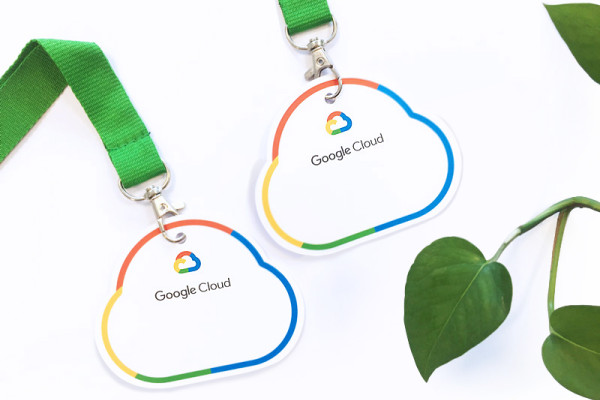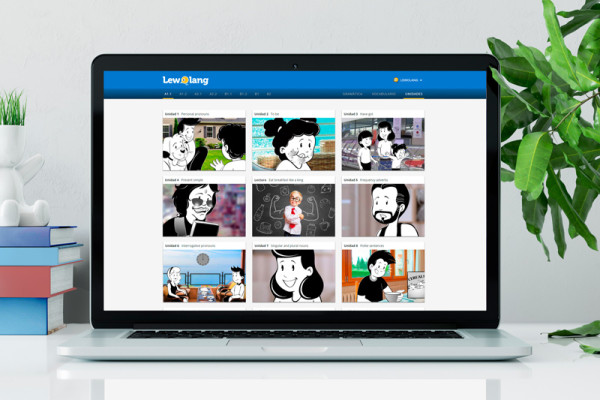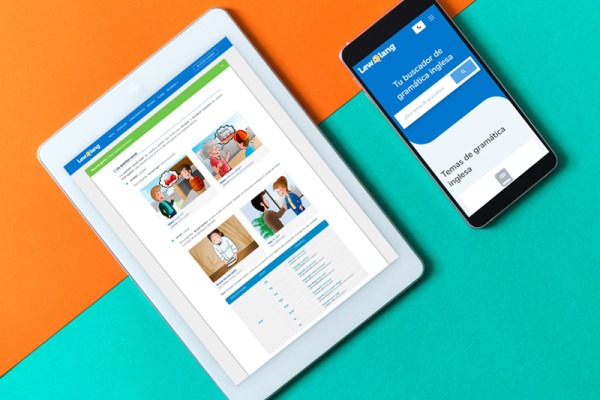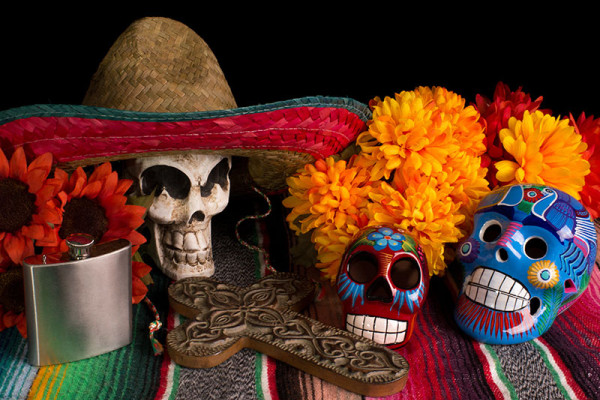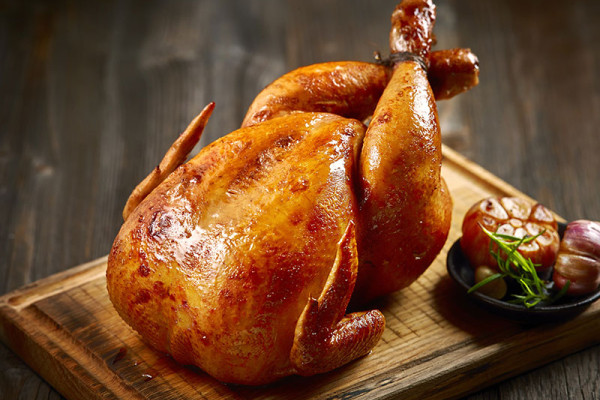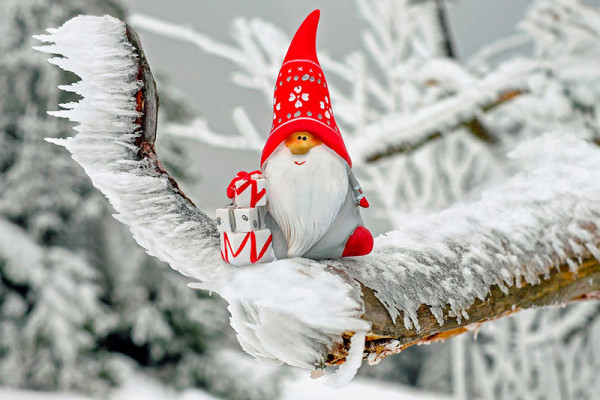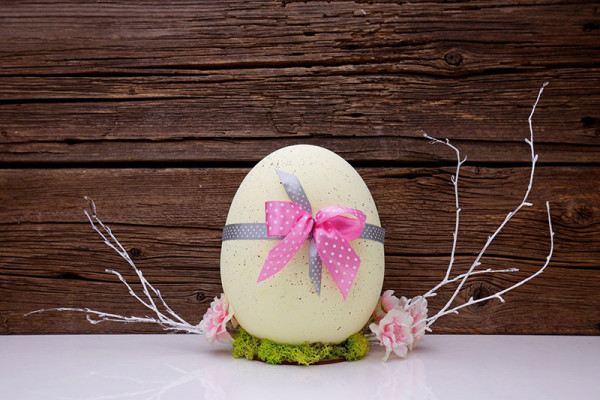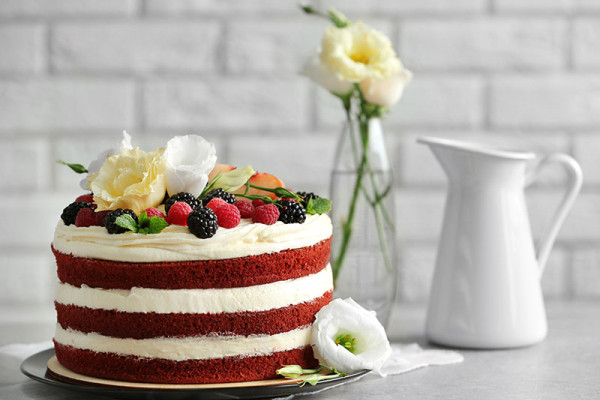Celebrations in Colombia for the Battle of Boyacá.
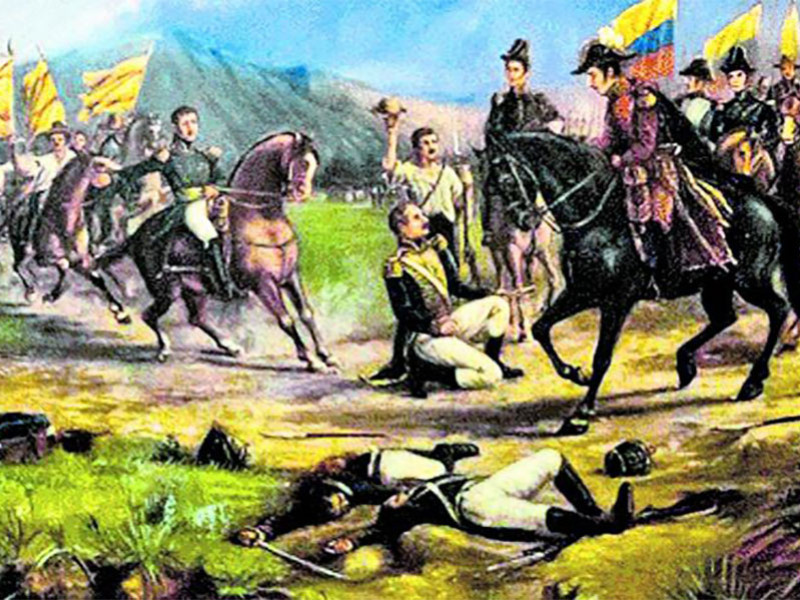
Every 7th of August Colombians celebrate the Day of the Battle of Boyacá, an event of great significance because it represented the end of Spanish domination and was decisive in the culmination of Colombia's independence process.
Flags are placed in homes and workplaces, and recreational, cultural and sporting activities are carried out. This year, the bicentennial is also celebrated, so many events are scheduled throughout the country.
A bit of history.
It was 1810, the Spanish empire dominated the territories that included the Viceroyalty of New Granada ruled by Viceroy Antonio José Amar y Borbón. Because of the revolutions taking place in the American colonies, commissioners were sent to maintain the authority of King Ferdinand VII. At the same time, there was a discontent among the local population, since the native people were being discriminated, had no representation and were in inequality of rights. A group of notable natives began to conspire to create an Open Cabildo. They had to promote a nationalist feeling among the population and to do so they had to cause a disturbance of public order.
To achieve this, they did the following: There was a royal banquet for the visit of Antonio Villavicencio, one of the commissioners sent by the King. To decorate the table they would go and look for a vase in the shop of a Spanish merchant called Llorente. If he refused to lend them the vase because they were natives, they would start to rebuke him. If, on the other hand, he lent it to them, or refused in a very polite manner, then one of the natives, José de Caldas, would pass in front of the shop and greet Llorente, something considered not correct by the natives, who would have another reason to create altercations. They did so, and achieved the desired effect, the people began to rebel and with that began a process of independence, which would be called "the cry of independence of Santa Fe de Bogota," that took place on the 20th of July.
From then on there were many internal battles because they did not agree on how to organize the First Republic. There were conflicts between royalists and patriots, which in turn were divided into federalists and centralists; in the end there was chaos, and while all this was happening, the Spaniards arrived.
It was 1815, in the middle of the independence process, the Spanish King Ferdinand VII did not want to reach any solution to reconcile this process and wanted to reconquer the territory by force, so to achieve it he sent a large fleet with General Pablo Morillo and Juan de Sámano in command. They managed to regain Santa Fe de Bogotá and the viceroyalty was restored with Juan de Sámano in the power. A period known as the "Regime of Terror" began, many people were condemned, pardons were suspended, death sentences were passed, and property and assets were seized to provide for the army.
Faced with this scenario, Simón Bolívar began to plan a major offensive to defeat the royalist army, which was commanded by General Barreiro. In order to do so, he had to gather a large patriotic army with more than 2500 soldiers to face the 2670 that the other army had. Once this aim was achieved, it was necessary to reach the centre of the country without being seen, which meant crossing the eastern mountain range, climbing mountains of up to 3,000 metres. Many of the fighters died in the attempt but in the end, they managed to cross and reached the town of Tunja where they were given food and clothes to recover from such an arduous journey.
Once recovered the battles began, the patriots were gaining ground to the royalists, who were forced to retreat. Barreiro saw that he was at a disadvantage and wanted to unite his army with the forces of Viceroy Sámano, but Bolívar realized and wanted to prevent the royalists from reaching Santa Fe. To do so, he went to Tunja to cut off the royalists, and that's when we get to the 7th of August.
Bolívar went ahead to the Boyacá Bridge to have a better location. What he did was divide the royalist army in two, on one side was the main body of the army and on the other side the vanguard. At about two o'clock in the afternoon, the royalists who were in the vanguard stopped for lunch, and taking advantage of their being off-guard, the patriots attacked. The royalists moved to the other side of the Boyacá Bridge, but they did not count on the patriots waiting for them. Meanwhile, the main body of the royalist army was dealing with the patriots on the other side of the bridge. In the end, the patriots managed to surround the royalists who ended up surrendering and at four o'clock in the afternoon the battle was over. With this victory, independence was inevitable.
So, Colombians commemorate this crucial event on the 7th of August, but Colombia's Independence Day is the 20th of July, the day on which the revolt began thanks to the determination of some brave people and a vase.
Phot: A painting by J. N. Cañarete (Museo Nacional)
Artículos relacionados
1 comment
Salomé Restrepo Velasquez hifueputa
says:
Comment
